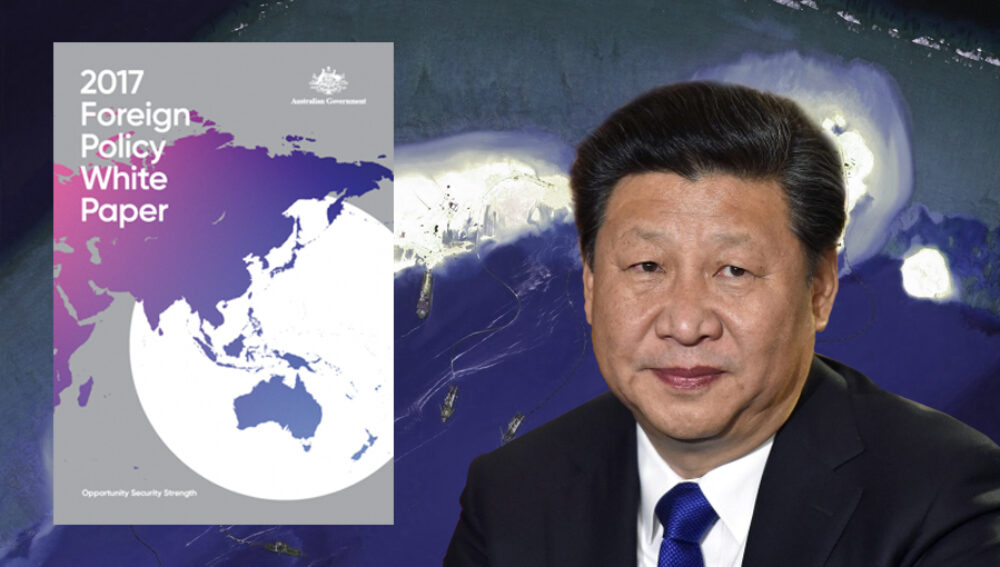Even a cursory reading reveals a number of noteworthy aspects of the newly released White Paper. First, compared with the previous two white papers on foreign policy, published in 1997 and 2003 respectively, the latest white paper is broader in outlook and more outward-looking in orientation. While the earlier documents, focused on the pursuance of national interest as defined by the Howard government, grappled with Australia’s relationship with its Asian neighbours by attempting to reconcile history with geography, the new document has not only taken the regional context as a given, but has expanded its outlook to the wider Indo-Pacific, a concept foreshadowed in recent defence white papers. This is as much a reflection of the sea change in the global environment as the substantial mileage traversed by Australia during the intervening years in coming to terms with its surroundings.
Another significant aspect of the current White Paper is the prominence given to China, which is mentioned throughout the document side by side with the United States. While the US is still given first reference in each instance, China has apparently received more painstaking treatment by the drafters of the text, treading a fine line between voicing concerns and building bridges. Most of the text uses cautious language, although a short section hidden in the middle of the document, entitled “Fault lines”, makes explicit Canberra’s concerns over China’s activities in the South China Sea, perhaps at the insistence of the hawkish Foreign Minister Julie Bishop and like-minded officials.
Predictably, China has responded to this reference with displeasure, though not anger. Many Chinese commentators have taken it in their stride, noting the overall thrust of the white paper in highlighting the importance of building a “strong and constructive” relationship with China. They have stopped short of criticising some of the contradictory formulations in the White Paper. For instance, while stating that “international rules and cooperation protect Australian interests” and that US leadership is fundamental to upholding these rules, in the same breath the drafters of the paper declare that anti-globalisation and protectionism are challenging the rules-based international order, when they know full well that it is the US, not China, that is walking away from such rules (witness Trump turning his back on TPP and the Paris Agreement, for instance).
Having said that, the drafters should be congratulated for coming up with a masterly understatement in describing the Trump Administration’s abdication of its responsibility in supporting free trade and improving global climate, among other things: “The Government recognises there is a greater debate and uncertainty in the United States about the costs and benefits of its leadership in parts of the international system.” Such tentative wording, set against the more explicit pronouncements on China’s actions, makes one think that Canberra is surer of Beijing under Xi than of Washington under Trump, a sure sign that Australia-China relations are moving forward on firmer ground.
Last but not least, if Canberra is still straining over its dilemma between Washington and Beijing, the final section called “soft power”, an interesting and overdue addition to the white paper series, may offer a way out. Instead of worrying too much about what role to play in the game of the big powers, Australia is better off keeping its clean air clean and its beautiful landscape beautiful, so it can afford to sit pretty and wait for the big boys to woo.








